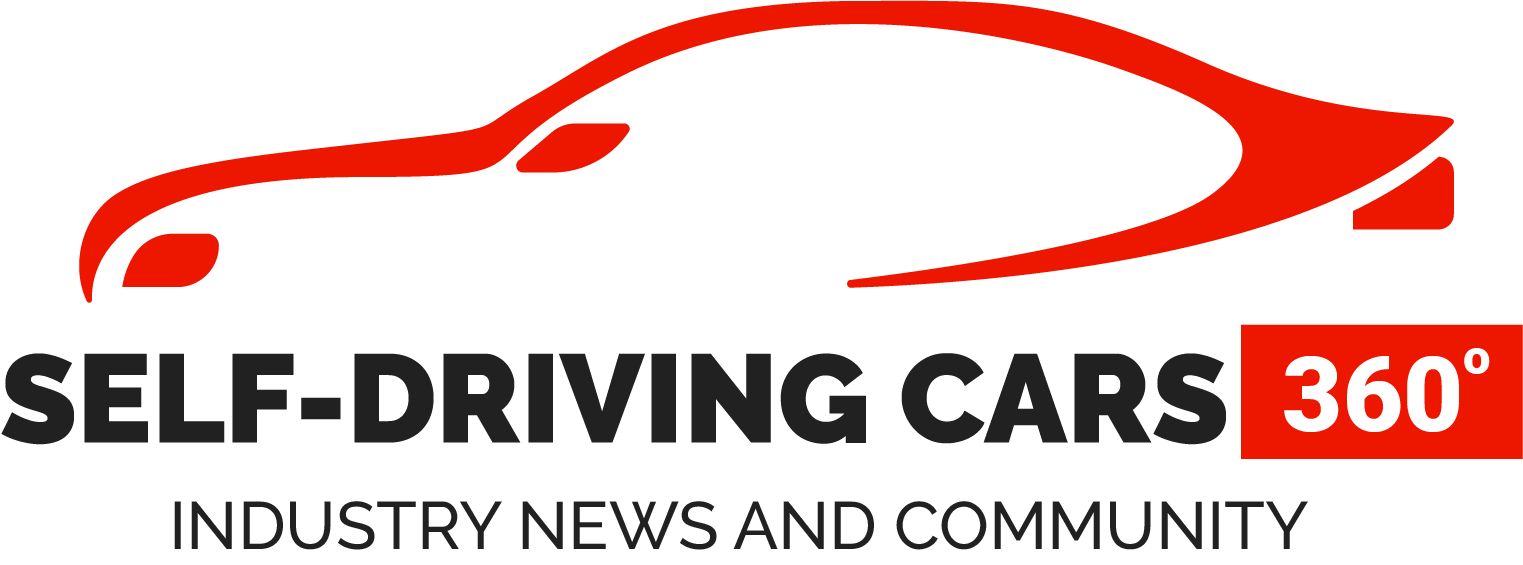By 2040, 33 million of the vehicles sold annually will be fully autonomous, according to the predictions of analysts at IHS Markit. Nearly every automaker is working on self-driving systems right now, and semi-autonomous features — automatic braking, lane-keep assist, adaptive cruise control, etc. — are already commonplace in new vehicles.
So, while the rollout of fully autonomous vehicles will likely be slow, it’s undeniable that the transportation industry is moving quickly in that direction. And when the self-driving era finally arrives, it is expected to rapidly grow into a $7 trillion passenger economy.
That’s why investors should pay close attention to what three companies in particular are doing in the driverless car space right now: Uber (NYSE: UBER), Lyft (NASDAQ: LYFT), and General Motors (NYSE: GM). Uber’s AV pursuits have slowed
Uber is currently testing a small group of AVs on a one-mile stretch in Pittsburgh. The cars only drive about 25 miles per hour, and during their operations, there are employees in the driver’s seats just in case something goes wrong.
In addition, the company also has employees driving vehicles equipped with autonomous systems in Toronto and San Francisco, but only so they can collect data that can be used to improve the software. In total, Uber has about 250 autonomous vehicles, and a workforce of 1,000 developing its driverless vehicle tech.
Uber’s long-term goal is to be able deploy a fleet of AVs to supplement its human drivers. The theory is that self-driving cars could eventually help reduce transport costs. But while Uber could stand to benefit from that, it likely won’t be developing its technology entirely on its own. After a series of setbacks that included crashes and an intellectual property lawsuit, the company has scaled back its in-house AV plans.
Instead, it has shifted toward forming partnerships. Uber has already received investment from Toyota to develop self-driving car technology, and has even tested some autonomous vehicles from Alphabet ‘s (NASDAQ: GOOG) (NASDAQ: GOOGL) Waymo and GM on its ridesharing platform. Lyft depends on the AV tech of others
Lyft also has its own AV program with about 300 engineers right now. The division is lead by Luc Vincent, who previously worked at Google and is credited as a creator of Google Street View.
Even though Lyft has a self-driving team, it has focused far more on developing autonomous vehicle partnerships. One of its most important has been with self-driving tech company Aptiv . The two have been testing autonomous vehicles in Las Vegas for several years. So far, they’ve provided self-driving rides to 30,000 passengers .
Most recently, Lyft partnered with Waymo to bring 10 autonomous vehicles to Lyft’s ridesharing platform in Phoenix, Arizona. It’s an important partnership for both companies because Waymo is one of the indisputable leaders in the autonomous vehicle tech space. The company’s autonomous vehicles have driven more than 10 million real world miles — and 7 billion virtual miles — and it launched its own commercial self-driving rideshare service in Phoenix at the end of last year.
Lyft could ultimately benefit from the partnership by expanding its test fleet of Waymo vehicles and bringing more trials to other cities. What’s clear, though, is that Lyft now sees collaboration rather than pure competition as its best route to being able to serve customers with self-driving vehicles.
Source: finance.yahoo.com




GIPHY App Key not set. Please check settings